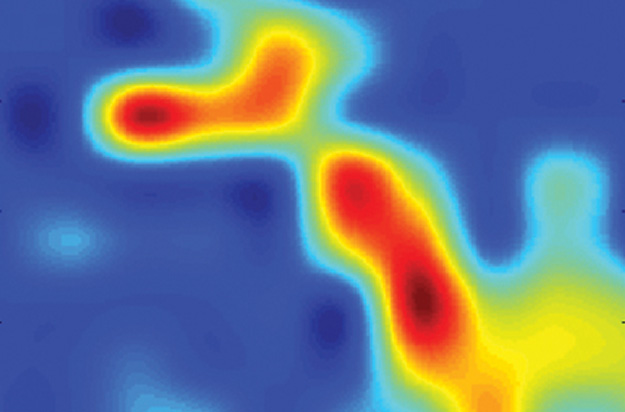Fall 2017: Building Livability
UTA researchers are creating a more sustainable, affordable North Texas for the future.
Skip to content. Skip to main navigation.
UTA researchers are creating a more sustainable, affordable North Texas for the future.
From carbon dioxide conversion to landfill mining, researchers at UTA are seeking viable alternative energy options.
Found in everything from space shuttles to dental fillings, composite materials have thoroughly infiltrated modern society. But their potential is still greatly untapped, offering researchers ample opportunity for discovery.
Within the particle showers created at the Large Hadron Collider, answers to some of the universe’s mysteries are waiting.
Model systems like pigeons can help illuminate our own evolutionary and genomic history.
UT Arlington's tiny windmills are bringing renewable energy to a whole new scale.
The stability of our highways, pipelines, and even manholes is reaching a breaking point.
Scientists believe they have discovered a subatomic particle that is crucial to understanding the universe.
UT Arlington researchers unlock clues to the human body’s most mysterious and complex organ.
UT Arlington researchers probe the hidden world of microbes in search of renewable energy sources.
Wounded soldiers are benefiting from Robert Gatchel’s program that combines physical rehabilitation with treatment for post-traumatic stress disorder.
Tiny sensors implanted in the body show promise in combating acid reflux disease, pain and other health problems.
Nanotechnology researchers pursue hybrid silicon chips with life-saving potential.
Biomedical engineers combat diseases with procedures that are painless to patients.

A high-resolution in vivo ultrasound-switchable fluorescence image of tumor micro-structures.
In recent years, UTA has made important breakthroughs in biomedical imaging. One key contributor has been Associate Professor Baohong Yuan, who is working to optimize deep-tissue imaging technology to allow better monitoring of tumor growth.
Current imaging technology doesn't always offer the detail needed for early cancer detection, especially in deep tissue.
"Right now, there's a tradeoff," Dr. Yuan says. "You can get images of large areas, but they don't offer the detail needed, or you can get detail in a very small and thin area. The goal is to clearly look into deep and large tissue and possibly determine the variation of tumor micro-structures or even the movement of cancer cells. Thus, monitoring cancer metastasis in a natural environment may be possible, which is important for cancer treatment."